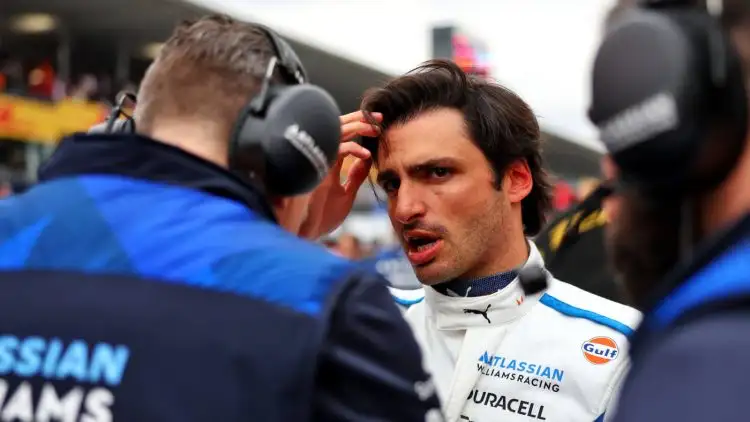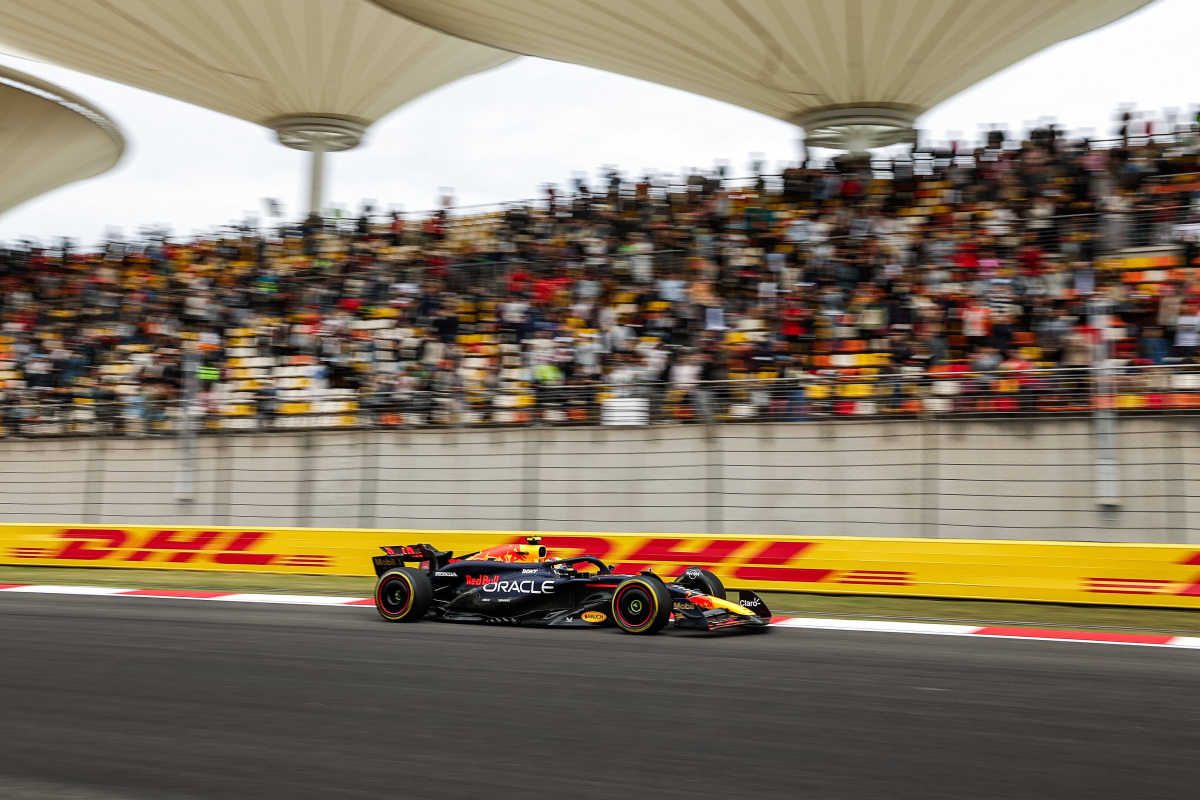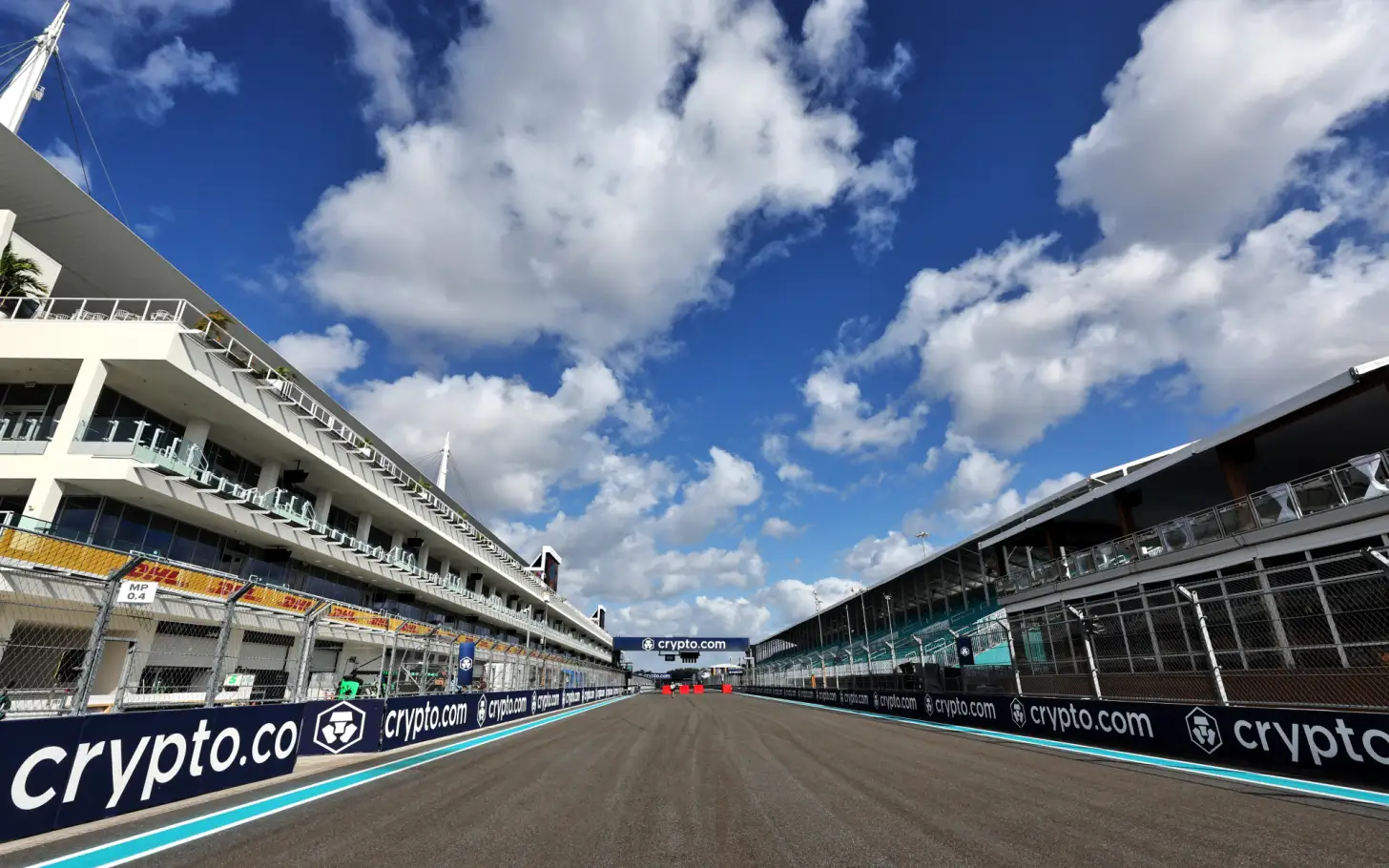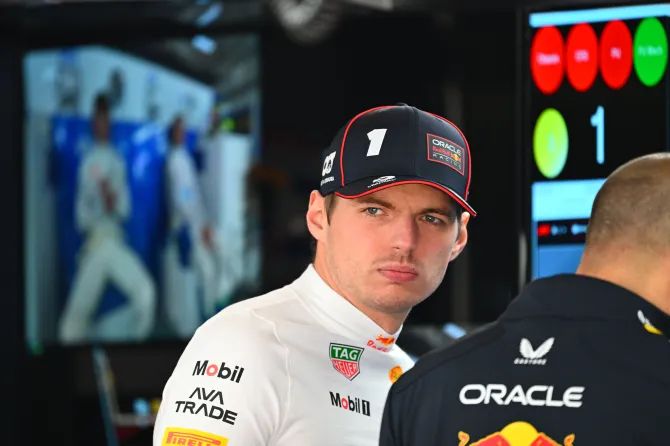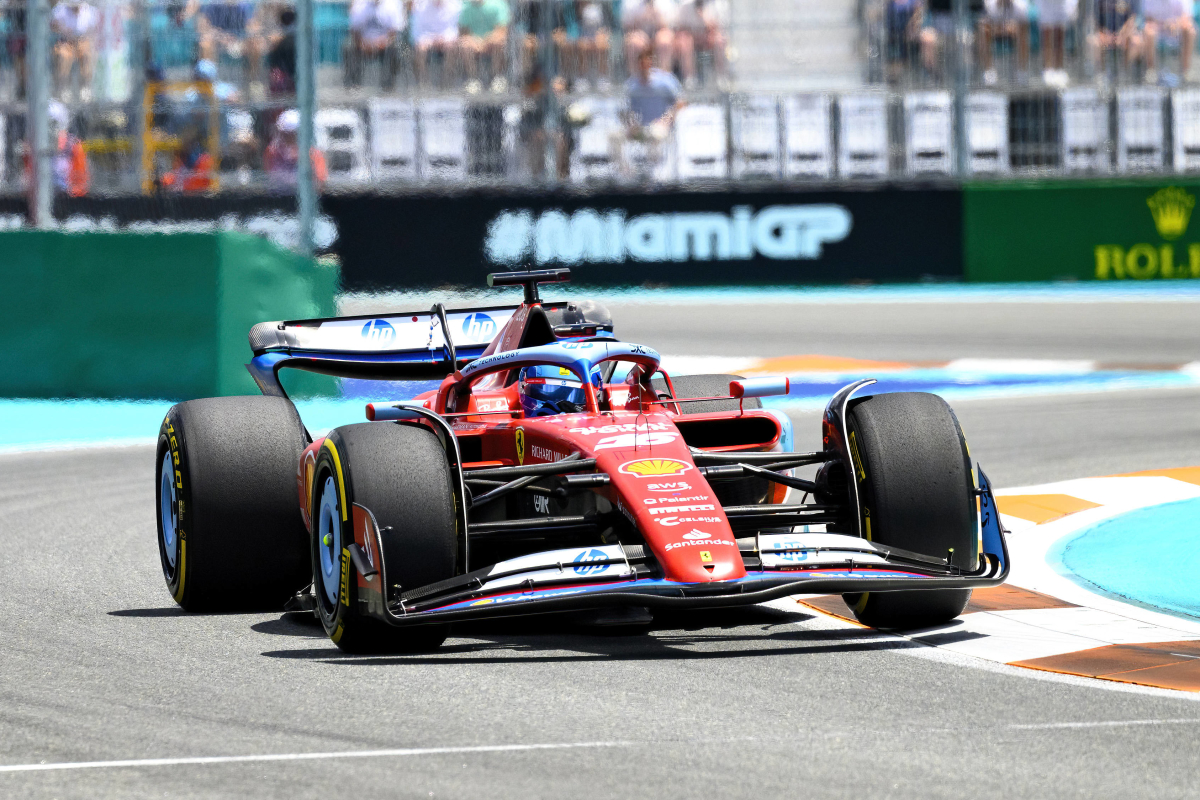Carlos Sainz Says He’s ‘Not Surprised’ by Lewis Hamilton’s Struggles, Offers ‘No…read more
Sain has shared his thoughts on Lewis Hamilton’s ongoing struggles at Ferrari, saying he isn’t surprised by the seven-time World Champion’s slow adaptation. Sainz, who moved from Ferrari to Williams over the winter while Hamilton made the switch from Mercedes to Ferrari, acknowledged that adjusting to a new team takes time, especially when competing against teammates who are already deeply integrated.
Speaking to the media, Sainz said that Formula 1 holds no secrets. When drivers like Alex Albon at Williams or Charles Leclerc at Ferrari have been with their teams for years, they understand every nuance of their cars. This deep familiarity means they’re already operating at the vehicle’s performance ceiling, making it nearly impossible for a newcomer to instantly outpace them. Instead, new arrivals must go through a period of adjustment to catch up.
Sainz highlighted that expectations—both personal and external—often don’t align with the reality of switching teams. He noted that even though Hamilton had a standout performance in the Chinese Grand Prix sprint, his overall performance has lagged behind Leclerc’s. The adjustment period, Sainz said, varies from driver to driver, depending on how naturally the car suits their style and how quickly they build chemistry with their new engineering team.
According to Sainz, fully understanding a new car can take between six months and a full season. However, that doesn’t mean drivers can’t perform well in the meantime. Sainz explained that he aims to deliver strong performances even if he’s operating at 97% of his potential with the new car. His solid result in Saudi Arabia, where he finished eighth ahead of teammate Albon, shows he is making progress in this adjustment phase.
A particular challenge for modern drivers is the highly specific driving style required by today’s ground-effect F1 cars. Unlike the 2021 cars, which allowed drivers to reach peak performance through varied styles, the current machines demand a very narrow approach. Sainz emphasized the importance of learning exactly how to interact with these cars to unlock their full potential.
Hamilton, for example, has pointed to challenges like engine braking—something he never had to focus on at Mercedes—as areas he must now adapt to. Sainz, having switched in the opposite direction from Ferrari to Mercedes-powered Williams, echoed this sentiment. He described this as just one of many technical adjustments that come with joining a new team. From brake migration to differential settings to ride characteristics, there are countless variables that drivers must understand and adapt to.
In closing, Sainz acknowledged the complexity of this learning curve but also expressed enjoyment in the process. While he expects to make mistakes along the way, he finds satisfaction in those breakthrough moments when things finally click.
